Hair Removal
Hair Remover: the benefits of using hair remover
Table of contents
When we hear the order "hair remover" we usually think of the chemical products that come in cream, lotion, powder, gel, roll-on or spray form to get rid of unwanted hair. They are incredibly effective in how they work, and many people use them to remove hair on both body and face.
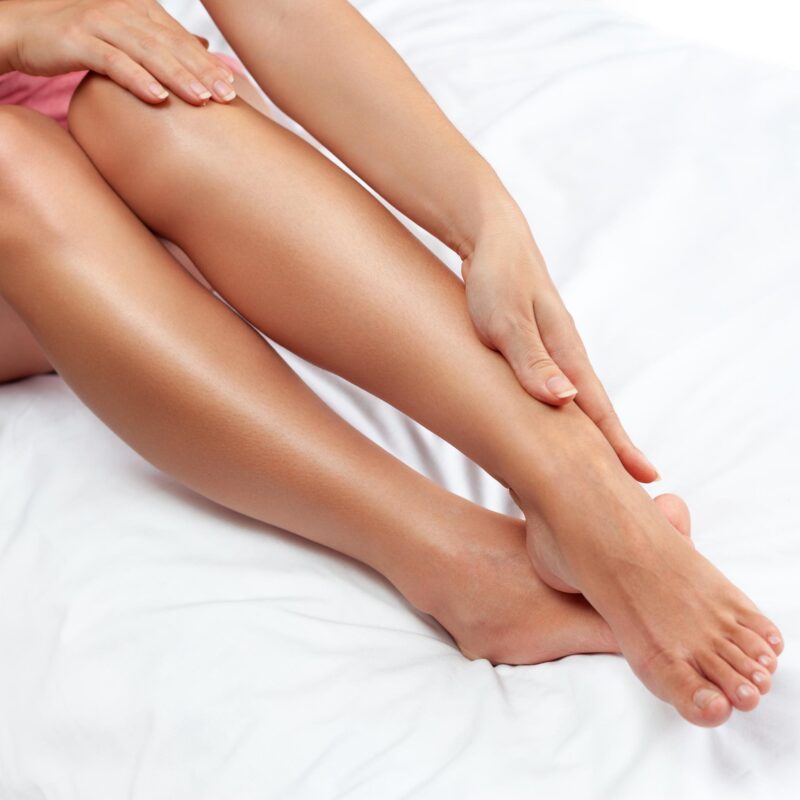

Some people even go so far as to use depilatories on the bikini line, but due to the nature of these products, be careful - and don't use them on your genitals. That's how you get nasty chemical burns.
What are depilatories?
Hair remover is a means of hair removal which is most available in cream form. By breaking down the bonds in keratin, hair removal agents are made possible hair can be easily removed from the skin.
If you haven't used hair remover before, using it is probably easier than you think. First, a strong, alkaline-based product is placed on the unwanted hair. Then it processes the hair into a gel-like substance. The chemicals often used are substances such as sodium thioglycolate, calcium thioglycolate and strontium sulphide - they break down the hair's protein bonds.
”Bästa IPL on the market!"
’En produkt som verkligen ger dig bättre resultat. Ta bort de där oönskade hårstråna med laser in just a few treatments at home in peace and quiet.
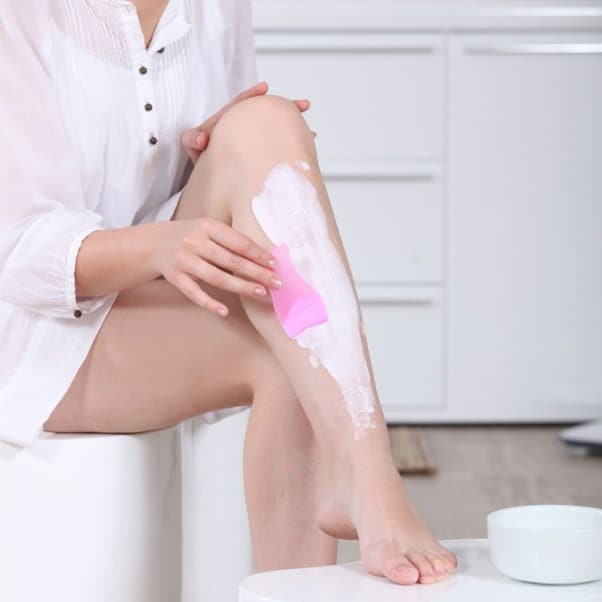

The process takes about five to ten minutes to work, depending on the thickness of the hair and the manufacturer's formula. Thicker hair takes longer to break down than finer hair. When the hair breaks down, it can only be wiped off with a warm towel.
The benefits of using depilatories
There are several benefits to using hair removers, and they are particularly relevant if you have thick hair or are short on time:
- It goes fast. An area should take you no more than 15 minutes in total, from start to finish. Larger areas should not take too much more time than that. Besides, while the product is doing its thing, you're free to do whatever you want.
- It is relatively cheap. If you just go to your local pharmacy, they should have a variety of depilatories, creams and sprays to choose from. At least one of all the different depilatories should suit your budget and target area.
- It's easy. If you can apply a cream or use a spray nozzle, you can use a hair remover. There's no skill involved. Be sure to follow the directions and precautions on the bottle.
Here are also some disadvantages
Although hair removers work quite well, there are some drawbacks, such as strange smells, chemicals and poor results, among others:
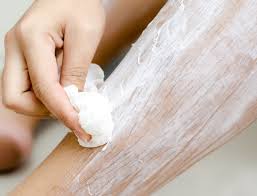

- Hair removal products may have an odour. If you've used a hair remover in the past, you'll know that some have a distinctive scent. It's not smelly but it's not really pleasant either. Manufacturers add scents to try to cover up some of these chemicals' odors, so some smell worse than others. To be fair, creams used to have much more pungent scents - today you can expect a light chemical smell, tropical scent or no smell at all.
- They contain harsh chemicals. You can really damage your skin by using depilatories, and this is usually done by leaving the product on for too long. Ask, people you know probably have stories of burns, blisters, stinging, itchy rashes etc associated with hair removers. Be careful and follow the instructions.
- Short-lived results. Unlike waxing, the hair has not been removed from the root, but it has been removed at or slightly below skin level. You will see hair above the skin's surface the next day, or at best in a few days. How quickly this happens depends on the hair's structure, rate of growth and colour.
- Den fruktade ”skuggan”. Omedelbart efter att du har tagit bort hår kan en skugga uppstå under huden. Tyvärr är det samma utseende som ofta ses efter rakning av tjockt, mörkt hår. Detta händer eftersom håret inte har tagits bort helt från roten och fortfarande ligger under huden.
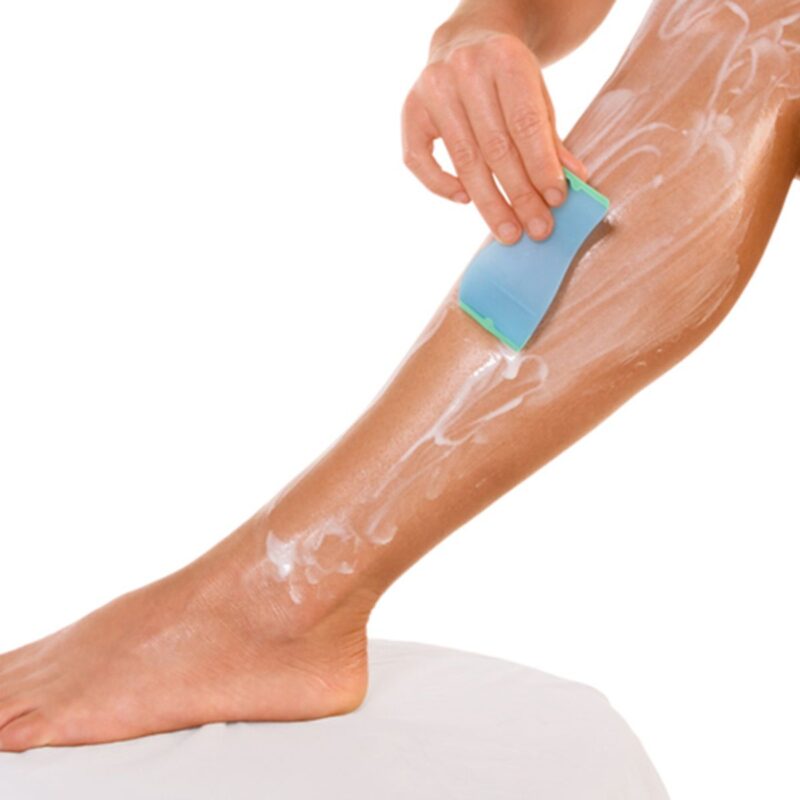

Think about it!
If you don't like the "shadow" that can appear under the skin after using depilatories, you need to use other methods such as permanent hair removal through IPL laser for home use.
A feeling of light tingling is normal while depilatories are acting. If you feel burning, take it off immediately and apply cold water. These things are a sign that your skin is either too sensitive, you're allergic to one of the ingredients, or you've left it on too long.
Anyway, having to shave a little extra hair is a lot better than red and chapped skin. Plus, irritation can lead to dryness.
7 tips to make hair remover more effective
I hope I'm not the only one when I say that hair removers are quite tricky. I mean, yes, sometimes they work as they should and make my legs stubble-free. But other times I wonder if I'm even reading the directions correctly.
After all, depilatories are quite different from shaving or waxing. Instead of using some physical mechanism that you can control to cut or pull out hair, you have to rely on the chemicals in a hair remover to actually dissolve the hair.
So to find out some common mistakes and to get suggestions and tips for using hair removers correctly and to ensure more consistent results, I emailed Robyn Nicole, Group Brand Manager for Nair.
While at the end of the day there are no secret instructions that will give better results from using hair remover, there are still some small details worth noting and little extra steps you can take to ensure your hair remover works every time.
Here are 7 tips if you haven't quite got it working with hair removal products before
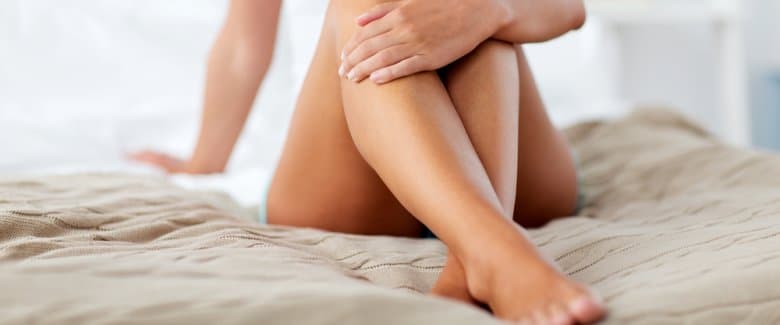

1. Check your hair and skin type
”Effektiviteten hos hårborttagningsmedel kan variera beroende på din hårtjocklek och hudkänslighet”, säger Nicole. Generellt, förklarar hon, att grovare, tjockare hår som är mer benägna att ingroddas efter rakning kommer att gynnas mer av hårborttagningsmedel.
Those with extremely sensitive skin may want to choose a method of hair removal that are potentially less irritating; e.g. use of IPL laser for home use.
2. Try multiple patch tests
Hår kan vara olika tjock beroende av område. Så förutom att genomföra ett lapptest för att försäkra att din hud inte irriteras av hårborttagningsmedel, föreslår Nicole att du också gör plåsterprov i några olika zoner ”för att se vilka områden och appliceringstider som fungerar bäst för dig och din hud.”
3. Wipe, do not rub
When removing the hair remover, it's best to use a damp washcloth or sponge and gently wipe in the opposite direction of hair growth, says Nicole. Once all the hair has been removed, she adds, be sure to rinse your skin thoroughly with lukewarm water and dry your skin to ensure there is no residual cream causing irritation.
4. Do not exceed the maximum time
While it may be tempting to leave hair remover on longer, just to make sure every last hair has dissolved, Nicole stresses that exceeding the total recommended application time can irritate your skin.
5. Wait between treatments
If you still have some stubble left after using hair remover for the maximum amount of time, Nicole says, wait at least 48 hours before trying to remove the remaining hair.
6. Make sure your hair is the right length before treatment with depilatories
When applying hair remover, the reason instructions often want you to apply a thick, even layer of remover is because the remover needs to coat the hair you're trying to remove, Nicole explains.
”Detta uppnås bäst om hårlängden är mellan stubb och 0,7 cm”, säger hon. Så, som vaxning om ditt hår inte har nått en viss längd, kan det hända att hårborttagningsmedel är inte är lika effektivt att använda.
7. Make sure you use the right type of hair remover
Enligt Nicole, ”När du tar bort hår från olika delar av kroppen, behöver du se till att du använder en produkt som är avsedd för det specifika området.”
That is, your bikini or facial hair remover may not be strong enough to remove hair from your legs or underarms, and your hair or hair remover may be too harsh to use in your bikini area or in the face.
Because even though this hair removal method can be tricky, the little things can make it easier.
How to properly care for your skin after laser hair removal
Laser Hair Removal is a professional procedure usually performed by a dermatologist to help get rid of unwanted hair. The process works by concentrating light rays to target the hair follicles and destroy their hairs.
Laser treatments are most often used for your:
- Face
- Breast
- Armpits
- Back
- Bikini line
- Bone
A 2020 research review showed that advances in long-pulse lasers have made it possible to treat not only dark hair on light skin as before, but also darker skin tones. Your doctor will decide which lasers are best to use based on both your hair and skin color and your hair texture.
Despite such technological advances laser hair removal still a complex treatment that requires careful aftercare. How you take care of your skin after the procedure can help reduce the risk of side effects and possible damage.
Read on to learn more about what you can and can't do when it comes to aftercare for laser hair removal and when you should contact your doctor for help.
What applies to laser hair removal aftercare
Your doctor will give you specific instructions on how to take care of your skin after laser treatments. In general, you should do the following to promote skin healing and prevent side effects.
Apply cool compresses
Soak a clean, soft washcloth with cold water and place it on the treated area for several minutes at a time. You can also use an ice pack wrapped in a paper towel. This method helps to reduce temporary swelling and pain after your laser hair removal treatment.
Apply prescription creams as directed.
Your doctor may prescribe a steroid cream to help minimise pain and discomfort after your treatment. You may also take paracetamol (Tylenol) or anti-inflammatory drugs for pain relief.
Protect your skin from the sun
As your skin will be sensitive after laser hair removal, your doctor will recommend that you avoid direct sun exposure. You should avoid the sun for 1 month before the procedure to 1 month afterwards. After this time, you should apply sunscreen to the treatment area every day.
Can I shave after laser hair removal?
Your doctor will instruct you to shave before the procedure to ensure a more targeted treatment. Although you can also shave after laser hair removal, be sure to wait several hours after the redness or discoloration of the skin has subsided. Avoid shaving on skin that is:
- Swollen
- Red or discoloured
- Painful
The American Society for Aesthetic Plastic Surgery (ASAPS), says that laser hair removal is designed to replace shaving. However, the American Academy of Dermatology Association (AADA) says your first procedure will remove between 10 and 25 percent of your hairs.
According to Oregon Health & Science University, any repeated treatments are usually spread over several weeks or months. AADA shares that most people need an average of six treatments in total, depending on the treatment area and individual reactions.
Aftercare of laser hair removal - what not to do
Knowing how to take care of your skin after laser hair removal is crucial to reduce side effects, but you should also know what not to do after your treatment.
- Place recurrent treatments at least 4 to 6 weeks apart. Several treatments spread over time may be required to achieve the desired results.
- Do not burn sunburn. It can increase the risk of hypopigmentation (light spots) and burns.
- Do not use tanning lotions. Although these products seem harmless, they can be irritating to skin that has just undergone surgery laser treatment. You may get rashes, burns and bumps.
- Do not apply lotions with fragrances or perfumes to the treatment area. These may cause skin redness or discoloration and irritation.
- Do not apply deodorant to the armpits if the laser hair treatment was directed to this area. These products may also cause skin irritation.
- Avoid body scrubs for at least a few days, as they can irritate the skin.
Potential side effects of laser hair removal
ASAPS says that redness or discolouration and swelling are common - but temporary - side effects of laser hair removal. You may also experience mild pain. Such side effects usually go away within 1-3 days, according to AADA.
An experienced, certified professional will work to reduce the side effects of laser hair removal by using the right types of lasers for your skin and hair color or hair type. They will also ask you about your medical history and any medications you are taking that may cause side effects.
More serious side effects of this procedure may include the following:
- Changes in skin pigmentation, which may be permanent.
- Scars
- burns (rare)
- Severe pain
- Blisters
- Infections
When to seek medical attention after laser hair removal?
According to ASAPS, although laser hair removal is considered non-invasive and causes minimal discomfort, you should be aware of possible side effects. You should call your doctor if you notice them:
- Increased swelling
- Burns or blisters
- Pain that does not respond to your prescribed antiseptic cream.
- symptoms of pigment changes or scarring
- symptoms of infection, including pus and red or discoloured streaks.
I would still like to emphasize that despite all the tips above, I recommend IPL laser in front of the use of depilatories because it is a safer and more effective way to remove your hair. In addition, you get rid of hair permanent or at least for much longer periods.

